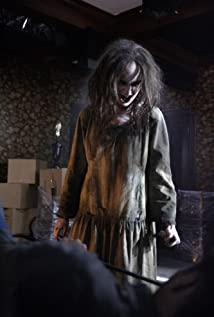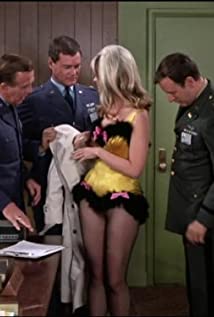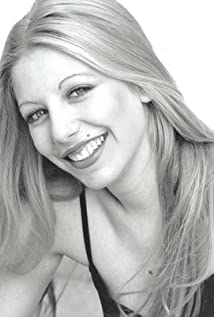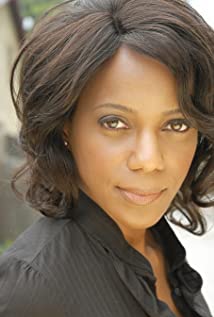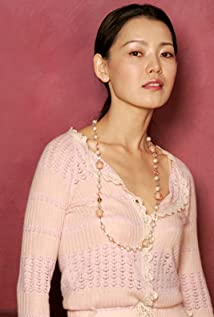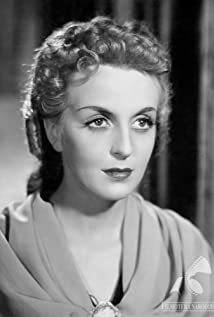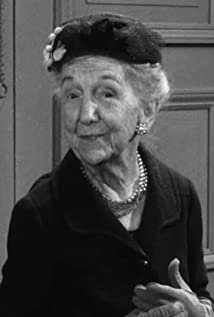Margaret Mary Day Lockwood was born on 15 September 1916 in Karachi, British India, to Henry Francis Lockwood, an English administrator of a railway company, and his Scottish third wife Margaret Eveline Waugh. She returned to England in 1920 with her mother, brother 'Lyn' and half-brother Frank, and a further half-sister 'Fay' joined them the following year, but her father remained in Karachi, visiting them infrequently. She also had another half-brother, John, from her father's first marriage, brought up by his mother in Britain. Lockwood attended Sydenham High School for girls, and a ladies' school in Kensington, London.










